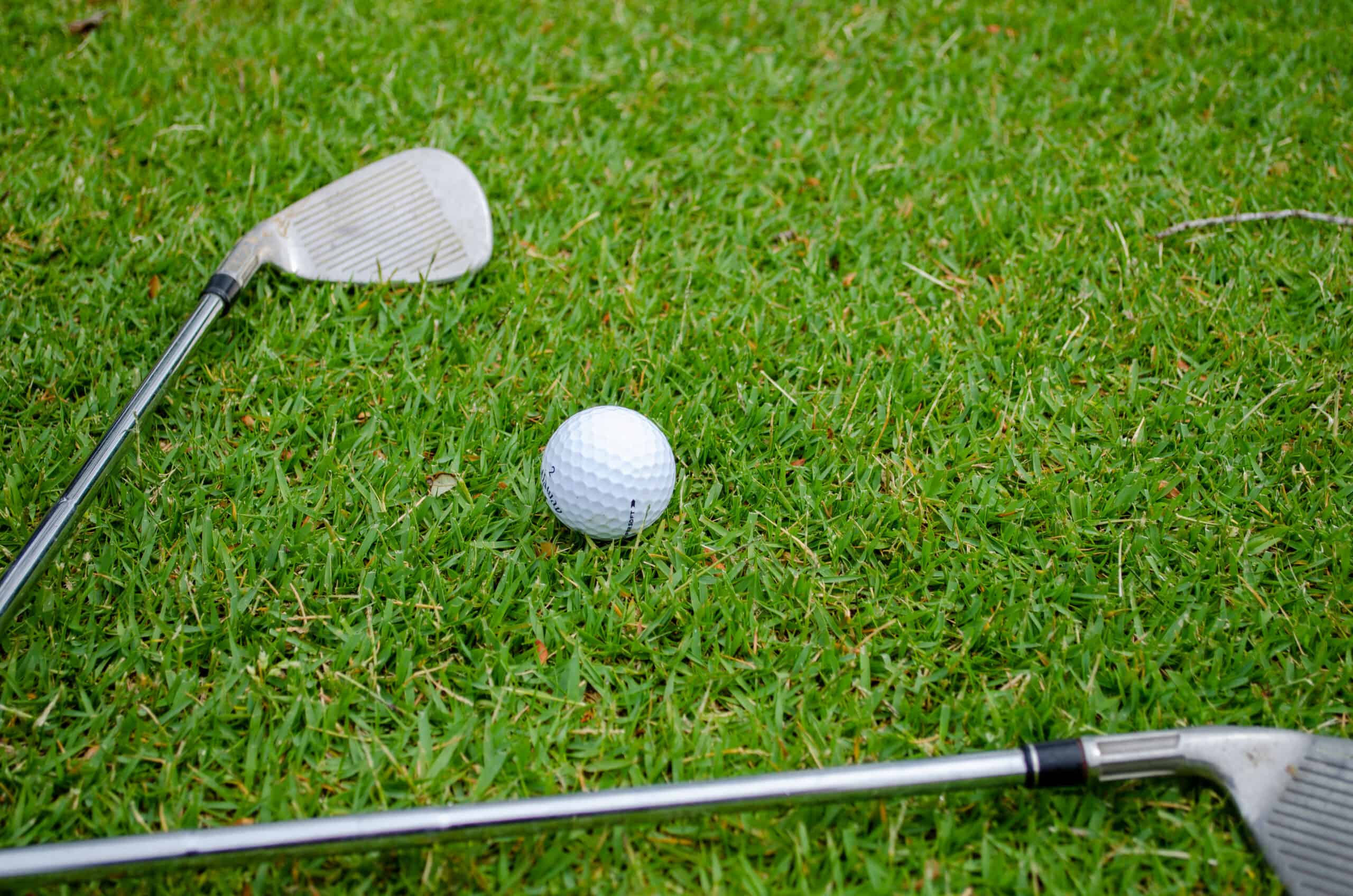Golf is a sport that requires precision, skill, and the right equipment. One of the most important pieces of equipment is the golf ball. Golf balls have come a long way since their humble beginnings, and today’s balls are designed to give players the best possible performance. One of the most interesting features of modern golf balls is the dimples that cover their surface.
But why do golf balls have dimples, and how many dimples are on a golf ball? These are questions that many people ask, and the answers are fascinating. In short, golf balls have dimples because they help the ball to fly farther and more accurately. The number of dimples on a golf ball can vary, but most modern balls have between 300 and 500 dimples.
What Are Golf Ball Dimples?
Golf ball dimples are small indentations on the surface of a golf ball. They are designed to reduce drag and increase lift, which allows the ball to travel farther and more accurately through the air. Dimples have been an essential part of golf ball design for over a century, and they have evolved significantly over the years.
The first golf balls were smooth, and they did not travel very far when hit. In the mid-1800s, golfers discovered that balls with nicks and scratches flew farther than smooth ones. This led to the development of the first dimpled golf balls, which had shallow indentations that covered the entire surface of the ball.
Today, golf balls have between 300 and 500 dimples, which can be arranged in a variety of patterns. The most common pattern is the two-layered dimple pattern, which consists of larger, shallower dimples around the perimeter of the ball and smaller, deeper dimples in the center. This pattern helps to reduce drag and increase lift, which allows the ball to travel farther and more accurately through the air.
How Many Dimples Are On A Golf Ball?
Golf balls have come a long way since their inception. Today, they are designed using advanced technology and aerodynamics to maximize their performance. One of the most crucial features of a golf ball is its dimples. These small indentations on the surface of the ball are responsible for reducing drag and increasing lift, which results in longer and straighter shots.
So, how many dimples are on a golf ball? The answer is not straightforward, as it varies depending on the manufacturer and the model. Typically, golf balls have between 300 and 500 dimples, with the most common number being 336. However, some balls can have as few as 250 dimples or as many as 500.
The number of dimples on a golf ball is not the only factor that affects its performance. The size, shape, and depth of the dimples also play a crucial role. Golf ball manufacturers use computer simulations and wind tunnel tests to determine the ideal dimple pattern for their balls.
It’s worth noting that the number of dimples on a golf ball does not necessarily correlate with its quality or performance. Some golfers prefer balls with fewer dimples, while others prefer balls with more. Ultimately, the best golf ball for you depends on your swing speed, playing style, and personal preference.
Why Do Golf Balls Have Dimples?
Golf balls have dimples for a reason. In fact, the dimples on a golf ball are one of the most important factors in determining how far and accurately a ball will travel. Here are some of the main reasons why golf balls have dimples:
Aerodynamics of Golf Balls
The dimples on a golf ball help reduce drag and increase lift, which allows the ball to travel farther and more accurately. When a ball is hit, the air around it begins to flow in different directions. This creates turbulence, which causes drag and slows the ball down. However, when a ball has dimples, the air flows more smoothly around the ball, reducing turbulence and drag. Additionally, the dimples create a thin layer of air around the ball, which helps to lift it up and keep it in the air longer.
History of Golf Ball Dimples
The first golf balls were smooth, made of wood or leather, and did not travel very far. In the mid-1800s, golfers began experimenting with different types of balls, including balls with bumps, ridges, and other irregularities on the surface. These early experiments led to the development of the modern golf ball, which has between 300 and 500 dimples on its surface.
Impact of Dimples on Golf Ball Distance and Accuracy
The number, size, and depth of the dimples on a golf ball can have a significant impact on how far and accurately it travels. Golf balls with more and deeper dimples tend to travel farther, while balls with fewer and shallower dimples tend to be more accurate. However, there is a trade-off between distance and accuracy, and golfers must choose the right ball for their playing style and skill level.
Conclusion
After conducting a thorough research, it is clear that golf balls have dimples for a reason. The dimples on a golf ball reduce drag and increase lift, allowing the ball to travel further and with greater accuracy.
It is also evident that the number of dimples on a golf ball can vary greatly depending on the manufacturer and model. However, the most common number of dimples found on a golf ball is between 300 and 500.
While the dimples on a golf ball may seem like a small detail, they play a significant role in the performance of the ball. From reducing drag to increasing lift, the dimples allow golfers to achieve greater distances and accuracy on the course.
- Should Tee Boxes Be Level? - January 23, 2024
- 3 Hybrid Distance - November 15, 2023
- Innovations in Golf Mobility: An In-depth Review of Top Golf Scooters - October 12, 2023
